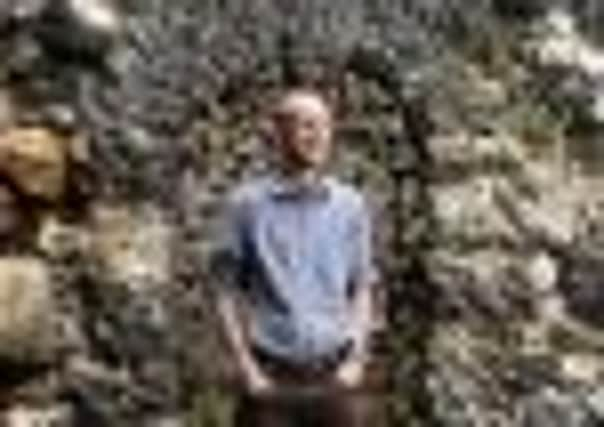digging this design classic


But the fact that Jenny, a daughter of the family who lived in Newhailes House in Musselburgh in the 1770s, was limited to her home environment didn’t curtail her imagination. It appears that she was the driving force behind the Shell Grotto, which has lain derelict in the house’s grounds for decades and which is only now giving up its secrets.
And what archaeologists are discovering is that the grotto would have outshone a Liberace stage set with glistening walls, made of shell, coral, semi- precious stones and glass, which would have sent glimmering reflections into an overlooking pool, which was in turn fed by an artistic cascade of water. The front entrance was flanked by two flaming torches and the whole effect was completed by artificially created puffs of smoke rising up the walls.
Advertisement
Hide AdAdvertisement
Hide AdNow, to mark the beginning of Scottish Archaeology Month, members of the public are being given the chance to help professionals dig up the secrets of the grotto and discover the engineer behind the smoke and mirrors creation.
“It is an absolutely amazing piece of picturesque architecture,” says Dr Daniel Rhodes, archaeologist, south region, with the National Trust for Scotland, one of two NTS professionals who will be working on the site with the public next week. “The grotto was part of a larger design landscape which included a burn and waterfalls but the dig we are going to concentrate on is at the shell grotto. We are trying to find out more about the technology behind the cascade. We want to find out more about the engineering system.”
One of the few clues to the shell house’s construction comes in a letter to Jenny from her brother, William, out in Canton, in 1774, where he writes: “So you have really undertaken the arduous task of finishing the Grotto and want my assistance for shells, coral and other things of the kind.”
But poor Jenny’s arduous work in creating such a sensory experience did not last long. Records show in 1815 a decision was made to cover up the cascade and pond. “From that point on, it did fall into disrepair,” says Dr Rhodes, pictured.
Advertisement
Hide AdAdvertisement
Hide AdThe property was bought by NTS in 1997 with the aim of preserving the house – but when the estate was examined the remains of the formal landscaped garden were found. And more recently, archaeologists have discovered that the shells from the grotto, once thought lost, were used as in-fill material.
Now the public will get the chance to uncover a piece of history with the help of Dr Rhodes and Derek Alexander, the interim head of archaeology for NTS. Dr Rhodes says: “I would be very surprised if we didn‘t find some examples of the shell, coral and glass which was used to cover the walls.”
And on Thursday, the grotto dig will be joined by a host of events at the launch of Scottish Archaeology Month at Newhailes, including a Viking encampment, prehistoric poo and a CSI-style investigation of a skeleton.
Mags McCartney, Scottish Archaeology Month co-ordinator, explains: “The Viking encampment will have a cordoned-off combat area – the enactors, many of whom are also archaeologists, are very well versed in having spontaneous outbreaks of violence, so two of them will just seem to come to blows.”
Advertisement
Hide AdAdvertisement
Hide AdThe forensic work of archaeologists will also be examined as experts using a skeleton show how bones can reveal the sex, age and other details of the living being, while the Edinburgh Archaeological Field Society will show how geophysics can uncover the history of a site without the need for digging. There will also be hands-on workshops, including a BBC poo stall, the chance to handle artefacts and find out what experts can learn from ancient pottery. There will also be tours of the estate.
With archaeology’s popularity on the rise, Dr McCartney expects the event to be very well attended. “I think people are realising archaeology isn’t just something for experts, it’s something everyone can be involved in, and that it’s not just a big dig out in Orkney, it can be the lumps and bumps outside your front door. And most importantly, it’s not about some mythical past, it’s about your ancestors.”
The public is invited to join the dig at Newhailes on Monday, August 29, 9.30am to 4.30pm; Wednesday, August 31, 1.30pm to 4.30pm; and on Thursday, September 1, 9.30am to 7.30pm. People can drop in on the day but places are limited and can be booked. Contact Dr McCartney at m.mccartney@ archaeologyscotland.org.uk or on 0845-872 3333. For more information, visit www.archaeology scotland.org.uk.